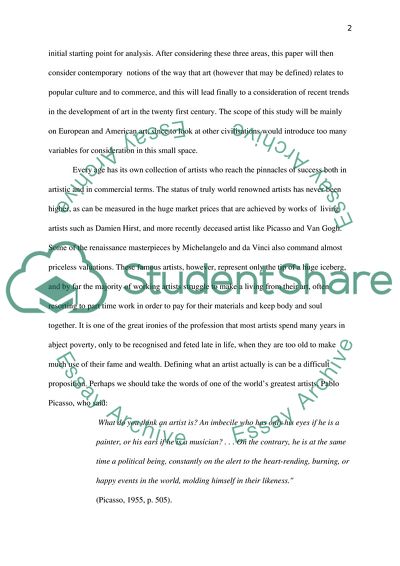Cite this document
(The Commercialisation And Development Of Art Essay, n.d.)
The Commercialisation And Development Of Art Essay. Retrieved from https://studentshare.org/performing-arts/1741471-the-commercialisation-and-development-art
The Commercialisation And Development Of Art Essay. Retrieved from https://studentshare.org/performing-arts/1741471-the-commercialisation-and-development-art
(The Commercialisation And Development Of Art Essay)
The Commercialisation And Development Of Art Essay. https://studentshare.org/performing-arts/1741471-the-commercialisation-and-development-art.
The Commercialisation And Development Of Art Essay. https://studentshare.org/performing-arts/1741471-the-commercialisation-and-development-art.
“The Commercialisation And Development Of Art Essay”, n.d. https://studentshare.org/performing-arts/1741471-the-commercialisation-and-development-art.


